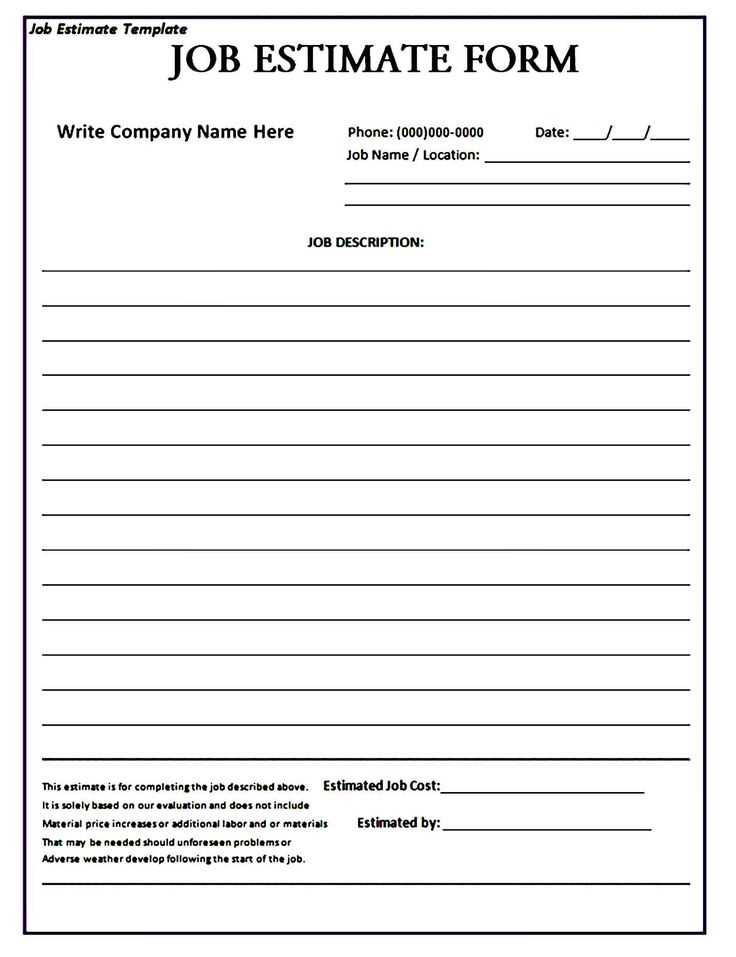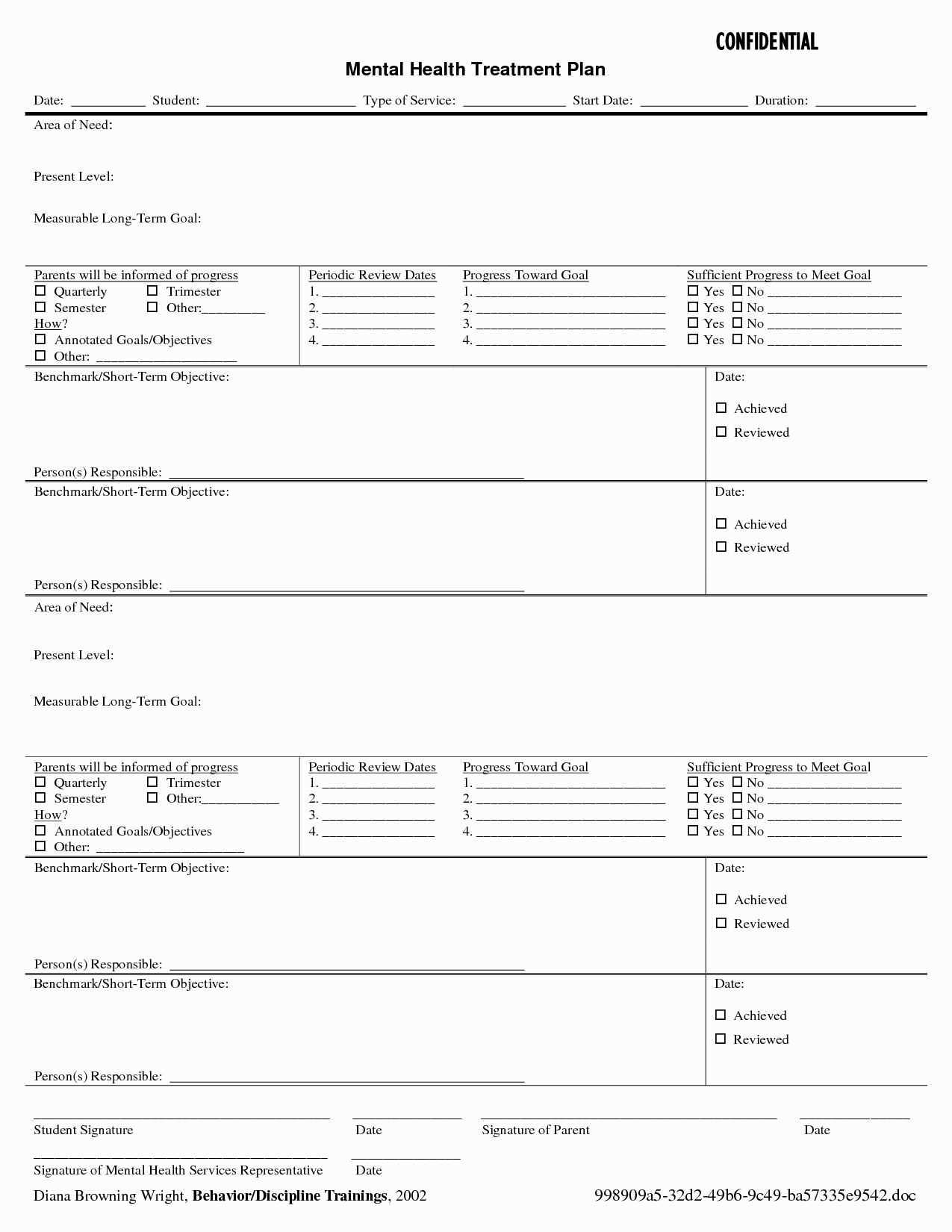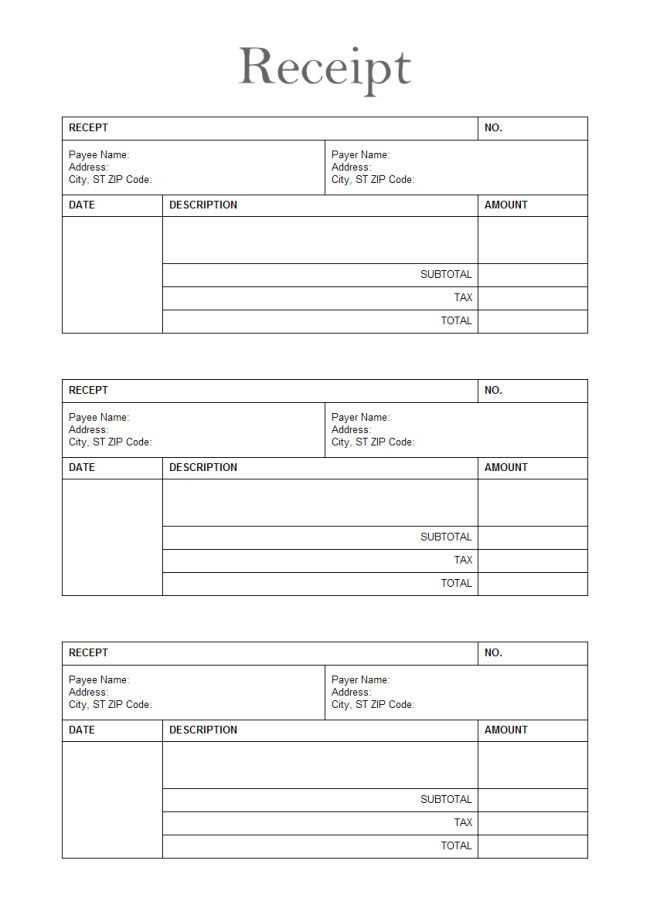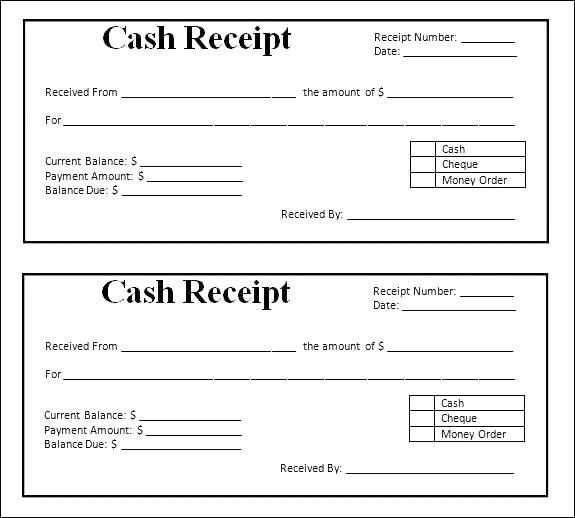
Clear and Accurate Details Matter
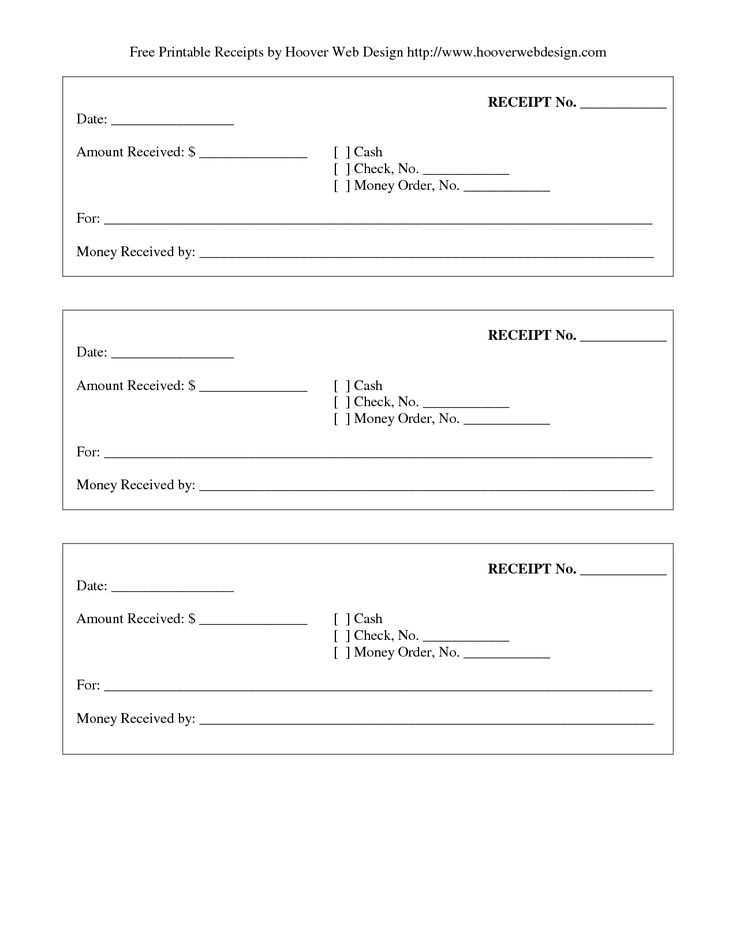
A well-structured lumper receipt should include all necessary details to ensure smooth transactions and proper documentation. Use a structured template with the following key elements:
- Date and Time: Record when the service was provided.
- Company Information: Include the name, address, and contact details of the lumper service provider.
- Receiver’s Information: Specify the details of the company or individual receiving the service.
- Description of Services: Clearly outline the work performed, including unloading, restacking, or palletizing.
- Payment Details: Mention the total amount, payment method, and any applicable fees.
- Authorization Signature: Ensure both the lumper and receiver sign the receipt for verification.
Editable Template for Immediate Use
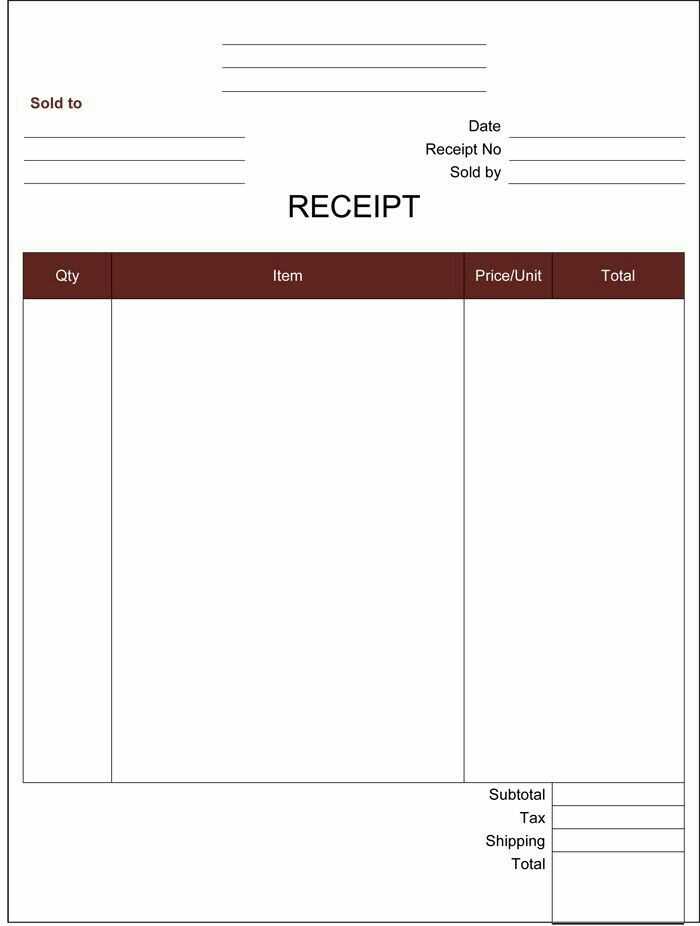
Creating a reusable lumper receipt template saves time and maintains consistency. Here’s a simple format:
Example Format
Company Name: ___________________________
Address: ___________________________
Phone: ___________________________
Date: __________ Time: __________
Receiver’s Name: ___________________________
Receiver’s Company: ___________________________
Services Provided:
- Unload pallets: ______
- Restack: ______
- Other (specify): ___________________________
Total Cost: $__________
Payment Method: Cash / Credit / Other __________
Lumper Signature: ___________________________
Receiver Signature: ___________________________
Customization Tips
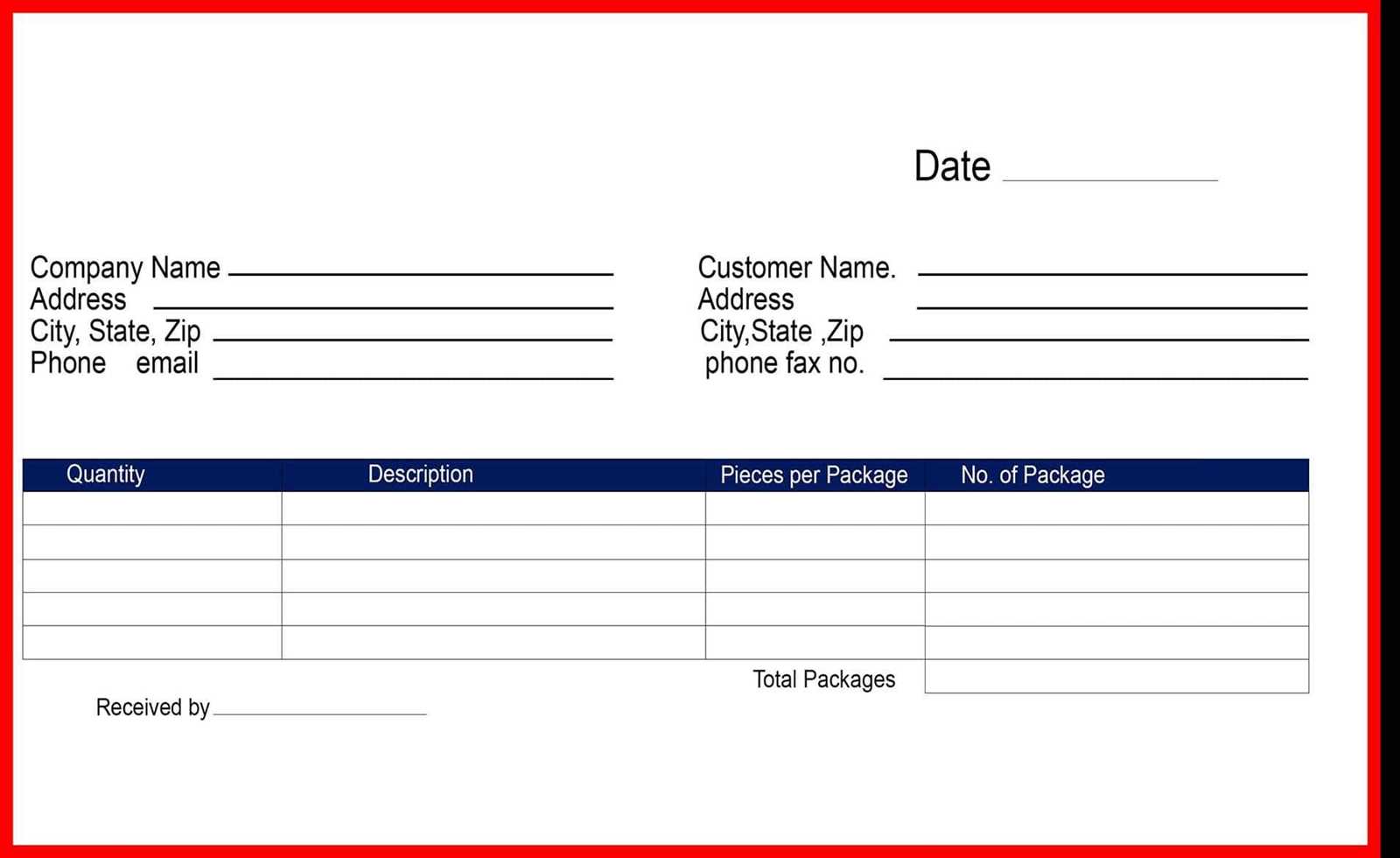
Adjust the template to fit specific business needs by adding fields for invoice numbers, additional fees, or company logos. Digital formats, such as PDFs or spreadsheets, help maintain records efficiently.
Using a standardized lumper receipt ensures clarity, prevents disputes, and simplifies record-keeping for all parties involved.
Lumper Receipt Template
Key Elements to Include in This Template
How to Format It for Clear Record-Keeping
Customizing for Different Business Needs
Legal and Tax Considerations for Receipts
Printable vs. Digital Templates: Pros and Cons
Where to Find Ready-to-Use Options
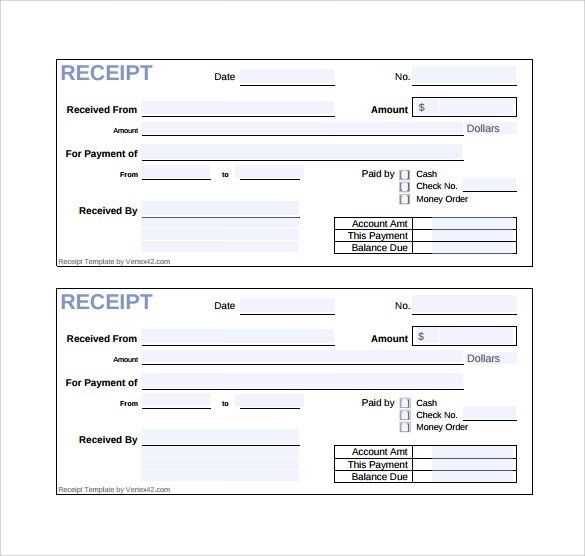
A well-structured lumper receipt should include the date, receipt number, company name, contact details, lumper service description, total cost, payment method, and signatures. Adding an itemized breakdown helps with transparency, especially for tax and reimbursement purposes.
For clear record-keeping, use a consistent format with aligned sections, readable fonts, and designated spaces for signatures. Digital formats should support automated calculations and PDF exports for easy sharing.
Businesses may require additional details, such as tax identification numbers or job reference codes. Custom fields improve tracking and compliance with industry-specific regulations.
Receipts must comply with tax laws, including proper documentation for deductions. Some jurisdictions require specific wording or legal disclaimers, so verify local requirements.
Printable templates work well for in-person transactions, while digital versions streamline electronic record-keeping and reduce paperwork. PDFs ensure formatting consistency, while Excel templates allow for easy data entry.
Ready-to-use templates are available from accounting software providers, industry-specific platforms, and customizable invoice generators. Look for formats that match your workflow and ensure compliance with financial regulations.
